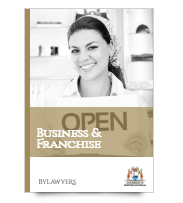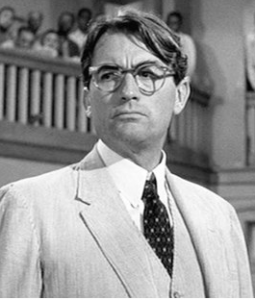By Guy Dawson, CEO
In ordinary exchanges with fellow humans, respect, common courtesy, and respect for equality are the norms of good relationships. However, the solicitor client relationship, unlike neighbourly relationships, is multi-layered and susceptible to imbalance as clients seek to unload their problems onto their advisors – to put the monkey on their back.
The fundamental basis of the relationship is the retainer. This is essentially a contractual relationship. It is at this starting point that the scope of the work must be agreed and the nature of the relationship established and the monkey on the back notion firmly dispelled.
The solicitor also owes a tortious duty to the client.
And finally a solicitor is regarded as being in a fiduciary relationship with the client.
The Australian Consumer Law, found in Schedule 2 of the Competition and Consumer Act 2010, is generic consumer protection legislation. The Legal Profession Uniform Law and the Rules made pursuant thereto, are specialised consumer protection legislation aimed solely at regulating lawyers and the provision of legal services.
Some interesting incidents of the relationship of interest are:
– An actual conflict of interest between solicitor and client is in breach of the solicitor’s duty to the client.
– The duty of confidentiality survives termination of instructions and the death of the client.
– The solicitor is authorised by the relationship to act on behalf of the client, becoming the agent of the client, but owing to the fiduciary nature of the relationship, the solicitor must exercise that authority strictly in the interests of the client.
– Any failure to achieve the standard of a reasonably competent solicitor in the performance of the retainer will expose a solicitor to an action for negligence by the client. Specialist Accreditation results in a higher duty of care to clients.
– A solicitor has a common law possessory lien over a client’s documents until the solicitor’s costs have been paid.
– Upon termination of the solicitor–client relationship, and payment of costs, the client is entitled to the file.
– Communications between solicitor and client are privileged if the communication was made for the purposes of giving legal advice, or for use in existing or anticipated legal proceedings. Privilege will rarely arise in relation to conveyancing transactions.
– The police or other authorised persons – ATO, ASIC, et cetera – may be authorised to search and remove documents from a solicitor’s office.
Despite these special incidents, a good relationship remains founded in respect, courtesy, a sense of equality between client and advisor, and an honest and earnest application of the adviser’s special skills to achieve the outcomes sought by the client.





